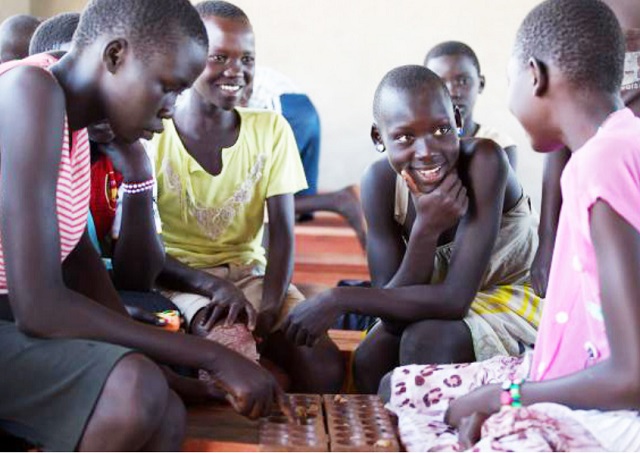
Study from Tanzania offers lessons on how to worldwide
HEALTH | MANISHA SHAH | Professor of Public Policy and Director of Global Lab for Research in Action, UCLA Luskin School of Public Affairs
Being an adolescent anywhere is challenging. This is particularly true in sub-Saharan Africa, where adolescents have some of the world’s highest rates of HIV infection, unintended teenage pregnancy, and intimate partner violence.
In Tanzania, for instance, around 60% of teen girls are sexually active by 18. Less than 10% of girls aged 15 to 19 use any type of modern contraceptive. A staggering one in three 15-to-24-year-olds will experience intimate partner violence.
There have been decades of public health interventions and research in sub-Saharan African countries. But we still have a lot to learn about how to improve adolescent sexual and reproductive health. Most traditional family planning and sexual and reproductive health programmes target married adults or older individuals, and often focus on females exclusively.
In our recent research we set out to identify interventions that would improve the sexual and reproductive health of girls and young women aged 11 to 22. We partnered with BRAC, an international development organisation operating in 11 countries including Tanzania.
One of our key findings was that two interventions significantly reduced intimate partner violence. The first was engaging with and inspiring adolescent boys and young men to make better choices around their sexual and reproductive health. The second was empowering adolescent girls and young women. We did this by using a goal-setting exercise focused on staying healthy.
Both approaches are low-cost and easy to replicate and scale. But they are not often used for sexual and reproductive health interventions. Our research provides fresh insights into strategies that can be used to improve the lives of adolescents in sub-Saharan Africa and around the world.
The programme
Our partner, BRAC, designs proven scalable solutions that equip people to lift themselves out of poverty and achieve their potential. Among its initiatives are Empowerment and Livelihood for Adolescents clubs. These provide social and economic empowerment and education to young people in fun settings in eight countries.
We layered three additional interventions in 150 of the clubs across Tanzania as part of a randomised controlled trial. This research method provides a rigorous design to identify causal impacts and determine which interventions are effective and which are not.
Between 2016 and 2020, we worked with approximately 4,500 adolescents (3,000 females and 1,500 males). We analysed the results of the following three interventions: a goal-setting activity for adolescent girls and young women around staying healthy and free of sexually transmitted infections and HIV. This enabled us to estimate the role of behavioural factors that affect commitment to safe sexual behaviour and partner selection.
Second was a soccer-based health behaviour change and empowerment programme for the male partners of the adolescent girls and young women. This enabled us to test whether sexual and reproductive health outcomes for adolescent females improved when males were included in the intervention.
Third was access to free modern contraceptives. This allowed us to test whether access to them – without changing other behavioural norms – had significant impact.
The findings were surprising. We believe they are important for policymakers, civil society organisations, and the general public.
The post Improving the health of adolescent girls appeared first on The Independent Uganda:.
from The Independent Uganda: https://ift.tt/3gXU6if
0 Comments